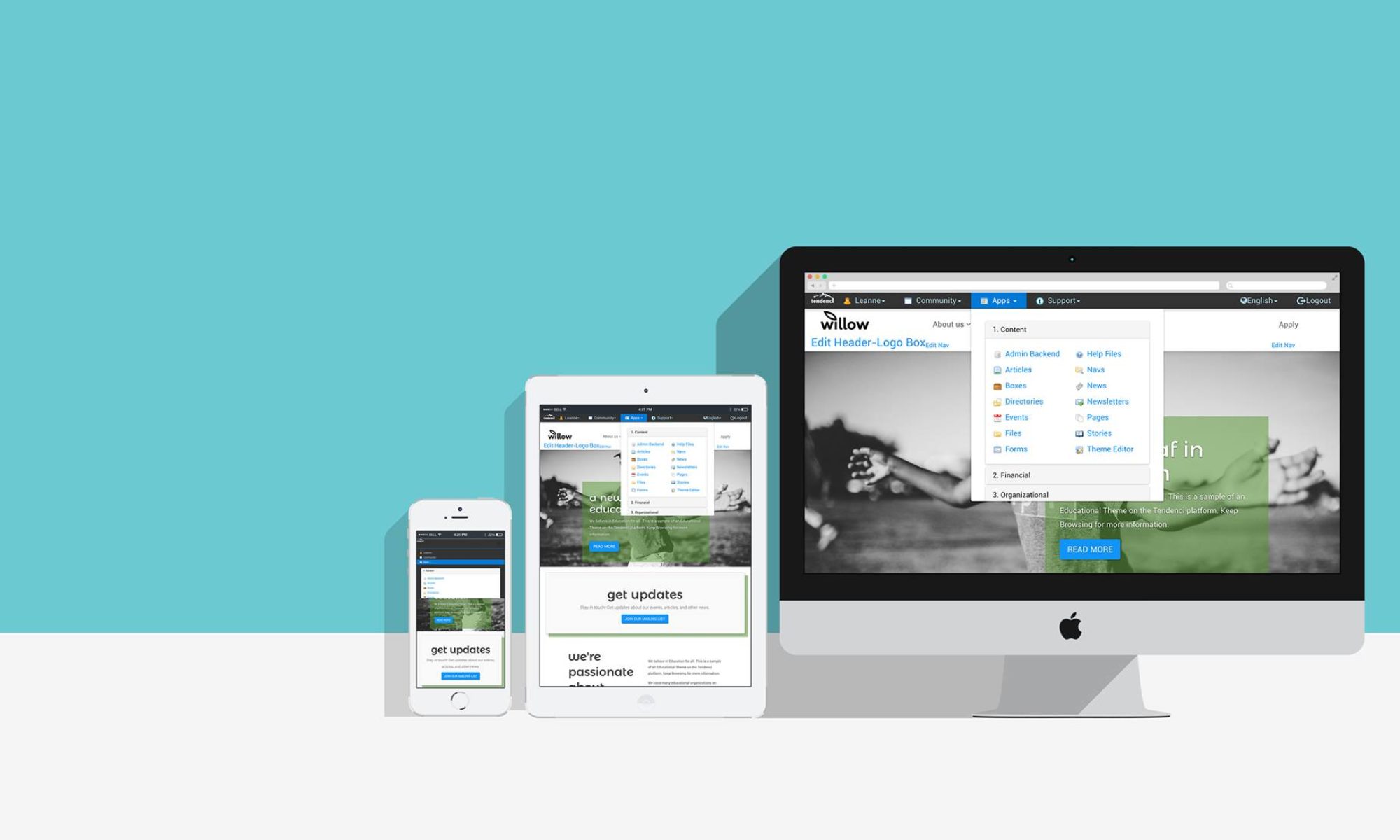This past week a group of Schipulites invaded the Interactive Strategies or ‘IS’ Conference at Rice University. This year, the IS conference explored the reasoning behind human behavior and decision making. Understanding people and why they do what they do is critical for marketers.

One speaker who stood out to me was Beverly Flaxington (@BevFlaxington) from The Collaborative for Business Development, Inc. and author of Understanding Other People: The Five Secrets to Human Behavior. She unlocks the 5 secrets for us to provide an understanding on the different ways humans look at the world, and she had some fun videos to drive home the point. Knowing how humans filter information, assume and judge different things is crucial in the marketing process. When you step back and think about it, everything we do in life is either selling or buying something (a lifestyle, an idea, a place to eat dinner on Friday night). So how do we use this to our advantage? Read below… I’ve saved her wisdom.
Pandora’s Box: 5 Secrets to Human Behavior
1. It’s all about ME – We each have our own filters and way of seeing the world.
As marketers we need to focus our energy on the listener more than the product or service. Doing so requires active listening and avoiding using the phrase “I know what you mean”. Try lead in phrases such as “In other words”, “Let’s see if I have this” and “If I understand you correctly” to indicate that you really DO understand what they are trying to communicate to you.
Bev talked about identifying our DISC Behavioral Styles –
- Dominance: They are concerned about Results
- Influencing: They are concerned about Communnication
- Steadiness: They are concerned about Relationships and Process
- Compliance: They are concerned about Quality and Accuracy

Don’t let this happen to you.
Bev also provided us with some keys to confident communicating!
1. Know why – what is the point of this communication? 2. Know who – who am I talking to, my audience? What do I know about them? 3. Create flow – how do we segment the mass amounts of information available to us out there? Have to find a flow, grouping, segments to divide the knowledge and work with all styles. 4. Provide context 5. Establish a next step – leave them with an action item, pulling from your “know why” you had the conversation and persuaded someone.
She closed with a quote, encouraging us to take these gems out into the world and apply them to our every day happenings.
“I have been impressed with the urgency of doing. Knowing is not enough; we must apply. Being willing is not enough; we must do.” – Leonardo da Vinci
